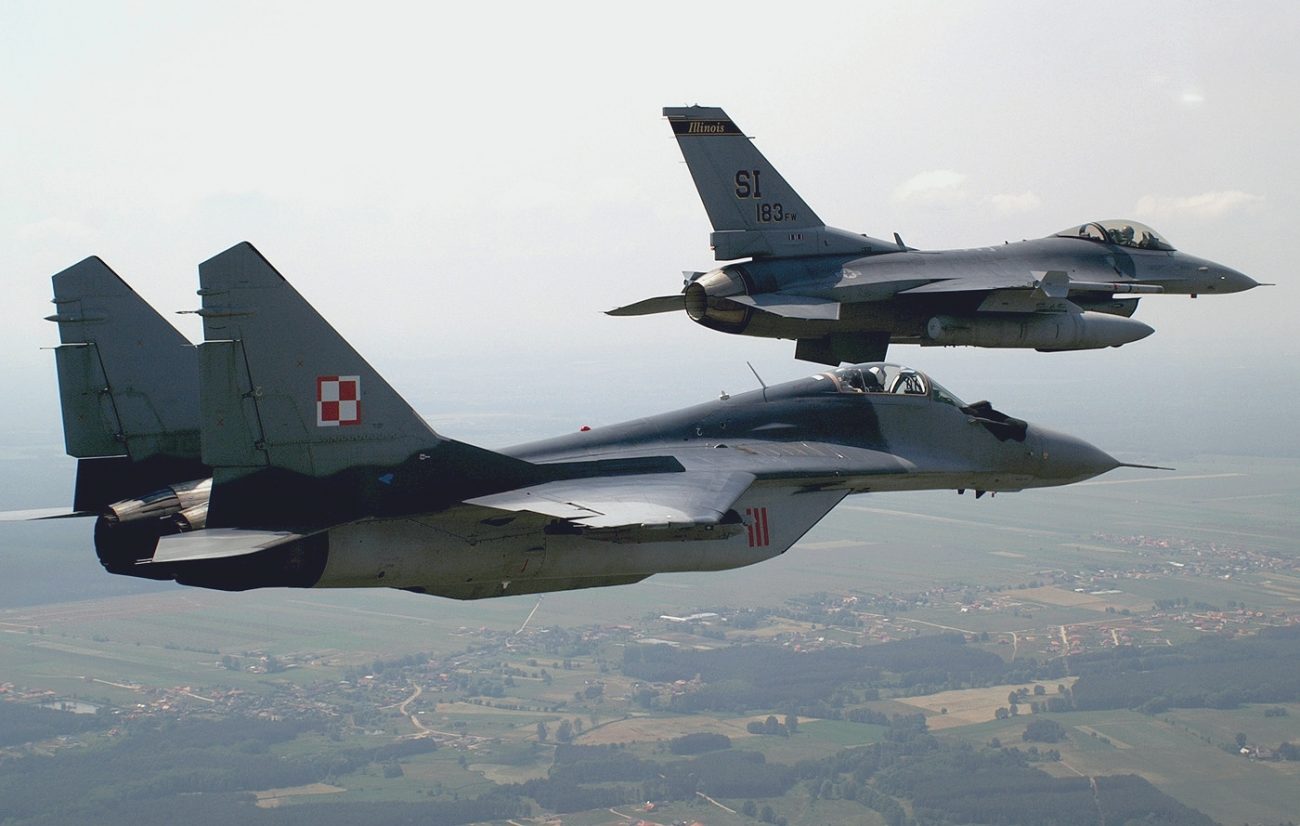Recently, both India and Pakistan commemorated the second anniversary of February 2019 aerial skirmishes in their own ways. Indian Experts claim that the Sukhoi SU-30 MKIs had proven their mettle by launching a “counterattack” on a Pakistani formation of F-16 fighter jets.
Indian Air Force’s Su-30-MKI Jets To Spread Wings For ‘Desert Flag’ Drills With The UAE
‘Operation Swift Retort’, as the Pakistani Air Force had named it, was a retaliatory airstrike by Islamabad against the Indian Air Force’s counter-terror mission, during which IAF Mirage 2000s and Su-30MKIs went deep into the Pakistani airspace destroying terrorist ‘launch pads’ using precision-guided munitions.
What distinguished the Indian ops from that of Pakistan was that the Pakistani Air Force had chosen Indian military Installations as their designated targets while the Indian strikes were launched against terrorist hideouts on Pakistani soil.
The aerial skirmishes were intense and involved effective use of electronic countermeasures. One interesting aspect of it is how the IAF’s two Su-30MKIs dueled with eight PAF F-16s during the conflict.
On #27Feb2019 0950-1015h 2 x Su30MKI of No15 Sqn @IAF_MCC C/S #Avenger duelled with 8 x F16MLU of CCS/No9 Sqn PAF during #OpSwiftRetort . Evidence shows that PAF launched 4+ AMRAAMs against the Sukhois during this engagement. What is less known is how the MKIs counterattacked 1/n
— Sameer Joshi (@joe_sameer) February 27, 2021
During 0950 to 1015 hours on February 27, 2019, two Su-30MKIs with callsign ‘Avenger,’ were guarding Indian installations and engaged with eight F-16MLUs as they approached India during the Op Swift Retort.
The Su-30MKIs were a prime target for the F-16s, which were tasked with bringing down at least one Indian Flanker, due to its symbolic might of the IAF. Bringing down a Su-30MKI would have brought unprecedented fame for the Pakistani pilots.
According to the veteran Air Force aviator Sameer Joshi, the PAF was of the opinion — that the loss of a Sukhoi in air combat would effectively put the IAF on a back-foot.

Joshi said the eight F-16s were in two formations of 4 each. The North group of 4 F-16s engaged the Indian Flankers, which fired 3 AIM-120C AMRAAM beyond visual range air-to-air missiles, gradually pushing towards the Line of Actual Control (LoC), the de facto border between the two countries in Jammu and Kashmir.
All the missiles missed their mark. The Sukhois pushed them back, while also picking up another group of 4 F-16s “and multiple inbound strike aircraft” from the Southern formation.
To mark the 2nd anniversary of #BalakotOperations, the participating Squadrons carried out a long range precision strike exercise against a practice target. 1/2#NowhereToHide pic.twitter.com/LQTvPv7wQf
— Indian Air Force (@IAF_MCC) February 27, 2021
This, in essence, meant that the Avengers were heavily outgunned by the PAF formation carrying more advanced American BVR missiles, and in sheer numbers. A fourth AMRAAM was fired by the South Group.
By advanced mapping, it could be deduced that by that time the Su-30MKI jets were just 25-30 kilometers away from the North Group jets. This fourth AMRAAM was also evaded by the Sukhois.
However, in a very interesting deduction, Joshi mentions that the IAF Avengers (the two Su-30MKIs), instead of retreating, counterattacked in a bold move against the F-16s “ignoring the high-density BVR threat from the F-16s, in all probability breaching the AMRAAM MAR to press home the R27/77 attack 25-30 km from lead PAF jets in the North Group”.
This meant that the things turned out to be the other way for the PAF, the Su-30s instead of returning dashed on to the F-16s to make them come under the R-27/77 missile range. This is because the Su-30MKIs were not carrying long-range BVR missiles, and had medium-range missiles, whose range problem had to be mitigated by bringing F-16s closer.
Interestingly, according to Joshi, the lead North Group F-16 fighters, instead of attacking the incoming Sukhoi, went ‘COLD’ prematurely.
Joshi, in his tweets, deduces that the reason for the 10 out of 12 Pakistani bombs falling well out of the range of their intended targets was because of this unexpected counterattack by the IAF fighters.

“It is highly possible that these payloads were dropped out of their desired envelope. Did these hurried drops by PAF were due to the dash of the Avenger formation towards the LoC? A high degree of probability there when we consider the payload landings between 1000-1005h,” he mentions.
Other aircraft were hurried to the location too, including the Mirage-2000s and MiG-21 Bisons by the Indian Air Force, which resulted in the famous F-16 and MiG-21 crash incidents, with varied claims by the two sides.
“The PAF jets clinically kept themselves safe from the IAF AAMs and their known engagement envelopes. The dash of the Sukhois was something, which may have taken the PAF by surprise, hence the various possibilities as enumerated above. Lessons for both sides from this BVR encounter,” Joshi added.
Follow EurAsian Times on Google




